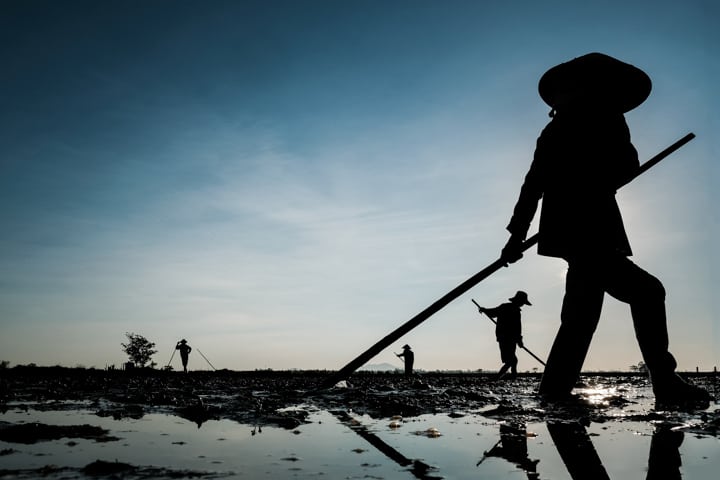Tutorials / PEOPLE, COMPOSITION
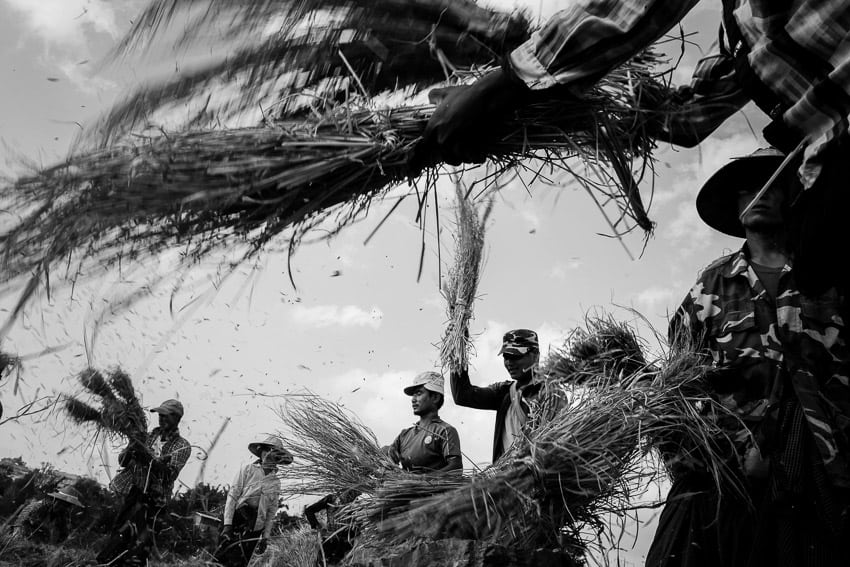
4 benefits of using layers in photography
How photography layers help you take better photos When practising people photography in Asia, the scenes we capture are already pretty dynamic. But of course, we’ll often try and add extra dynamism to our images. It makes for a better story, right? Right. If you want to know how to take better photos, this level of dynamism is key. And you can increase it in many ways. Like applying the rule of thirds. Or using your subject’s body language and gestures. Or playing with shutter speed. And so on. Another way to increase the dynamism of your images is to create a more dynamic rhythm in your images. (link to rhythm article). And you can do that by using one simple method. It’s called applying photography layers. And here are 4 ways in which layering photos can make for more interesting results…
First of all, having several layers in an image will greatly increase its depth. So the viewer is no longer looking at a single pane – rather, their eye goes from the foreground to the middle ground to the background.
Of course, you can also create depth by opening the aperture and creating a blur in the background/foreground. But the problem with using wide apertures is that you hide some elements in the frame by blurring them – with the risk of making your stories seem a little more shallow. Because of the fewer elements that the viewer can see in an image, the less of a story they can imagine or understand.
By adding layers in your frame and shooting with a narrower aperture – like f8.0, for example – you can tell better stories with your images, plus you can recreate the three-dimensional depth that provides an extra punch. Bonus!
True, it’s more of a challenge, as all your layers need to be placed perfectly in the frame. But if you want to improve your photography skills, if you want to know how to take better photos, this is a great exercise to practise.
Tip: When shooting dynamic subjects, you need to become a dynamic photographer, constantly readjusting your composition to follow your moving subjects.
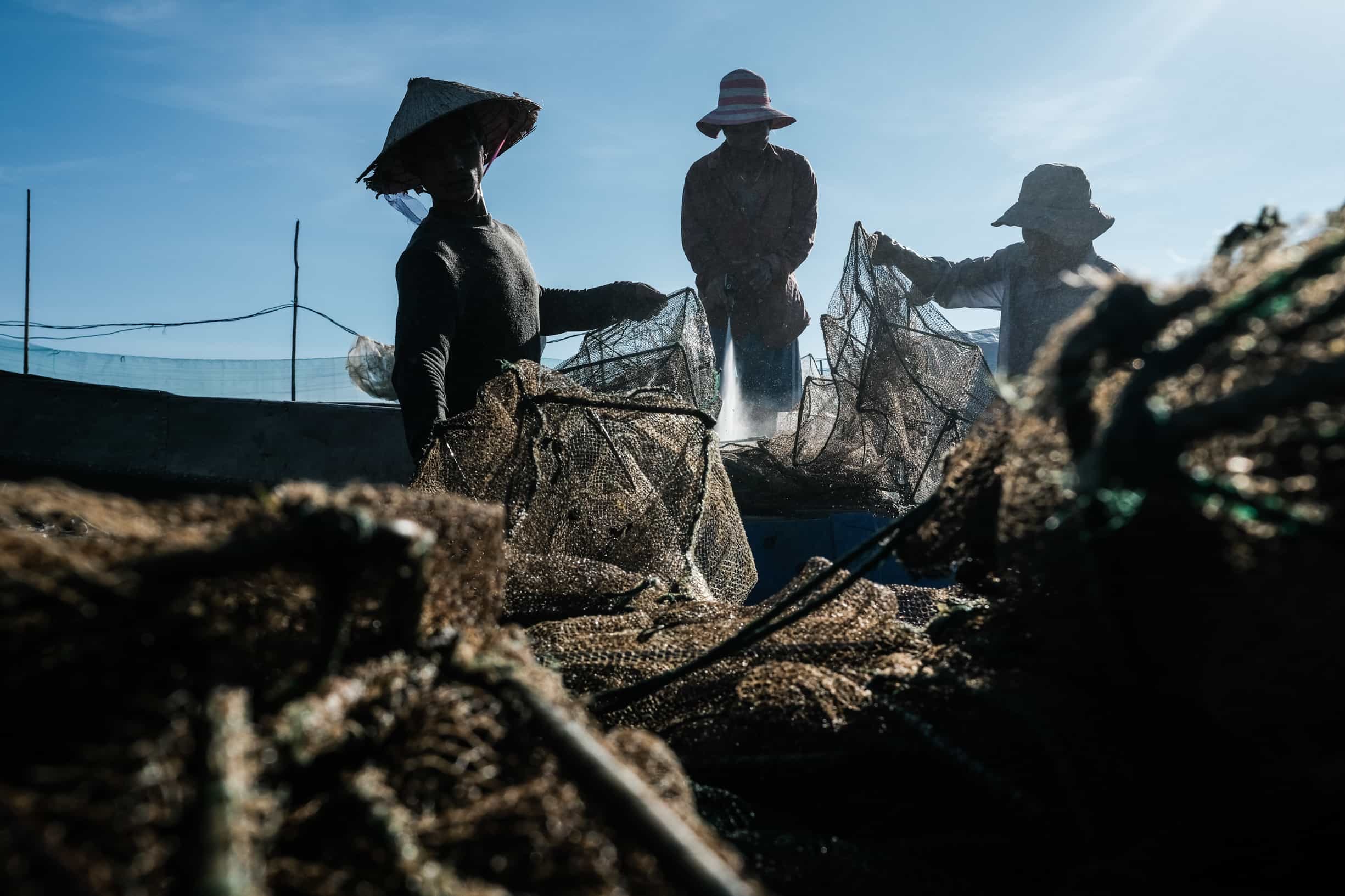
Another benefit of layering photos is that they use distance to build excitement and dynamism in your images. The idea is that you place your separate layers at different distances from the lens. So if your first layer is close to you, it will appear bigger.
With the other layers appearing smaller in the background, this creates a diagonal line through the frame, greatly increasing dynamism and leading the eye through the frame.
Ideally, the bigger layer in the foreground is a supporting character – who will lead the eye to the main character, to where the action is happening, in the background. In that case, you need to focus on the background. (Unless the foreground subject has some amazing details about them and thus becomes your main character.)
Tip: Try to avoid having all your elements (subjects) in your frame at the same distance. Instead, create more depth in the image by placing them in different panes of your frame. How can you do this? Simply by getting very close to one element, while letting the other elements fall further away.
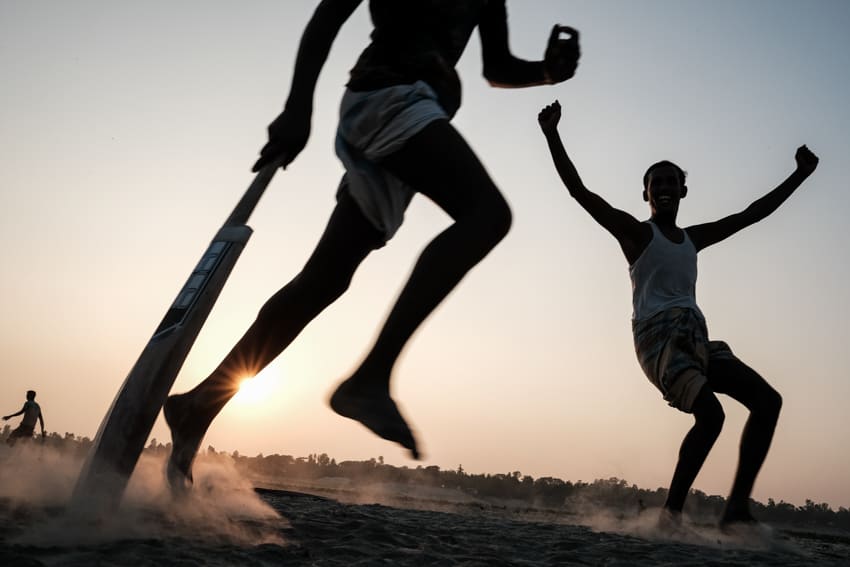
Instead of just focusing on one subject or one element in your frame, having more than one will instantly create a better story. This is the drawback of portrait photography – as much as it can be pretty, your resulting stories might be quite shallow. Unless of course, you find an amazing subject with great facial expressions!
However, having several layers allows for better stories – simply because there are several “characters”. Just like in a movie, having more people involved than the main character helps to create intrigue. To enable ups and downs. Basically, to add more drama to the story.
Tip: Find a subject in your frame who is not moving, and wait around it for other elements to walk in your frame. I call that “finding a static element”.
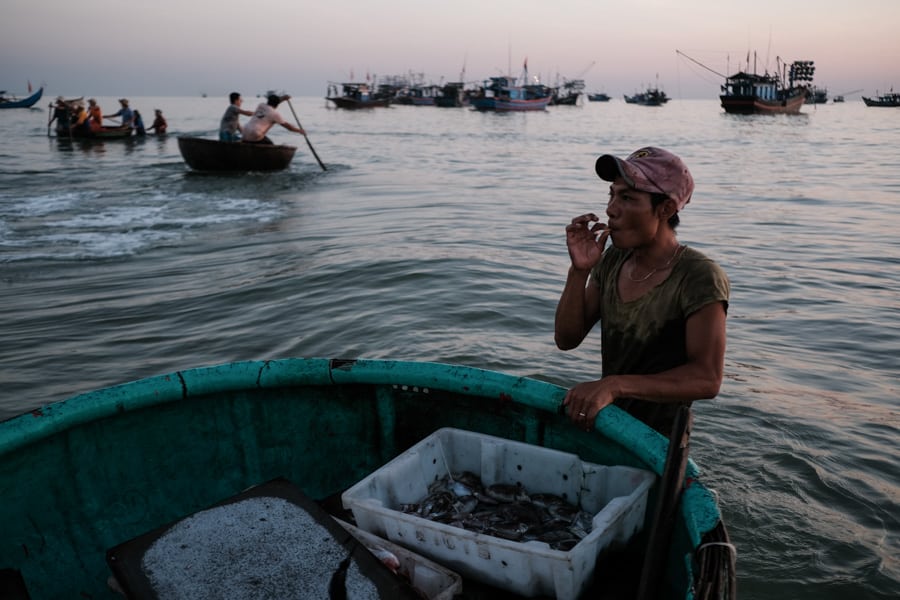
Finally, if you can connect the different layers you’ve applied, your storytelling skills will improve, bigtime!
For example, if the person in the foreground is looking in the direction of the people in the background, it creates an instant sense of connection. This way, the viewer can imagine that people are having a conversation. Or waiting for one another. Or are about to fight. Whatever story the connected layers conjure up.
You can also connect your layers by finding a repeating pattern between them – like in the photo below.
Tip: In order to connect your layers (ie, your foreground/middle ground/background) efficiently, you’ll need to spend a bit more time around your subject or subjects. And to analyze their surroundings – which I discuss further in this article on composition.
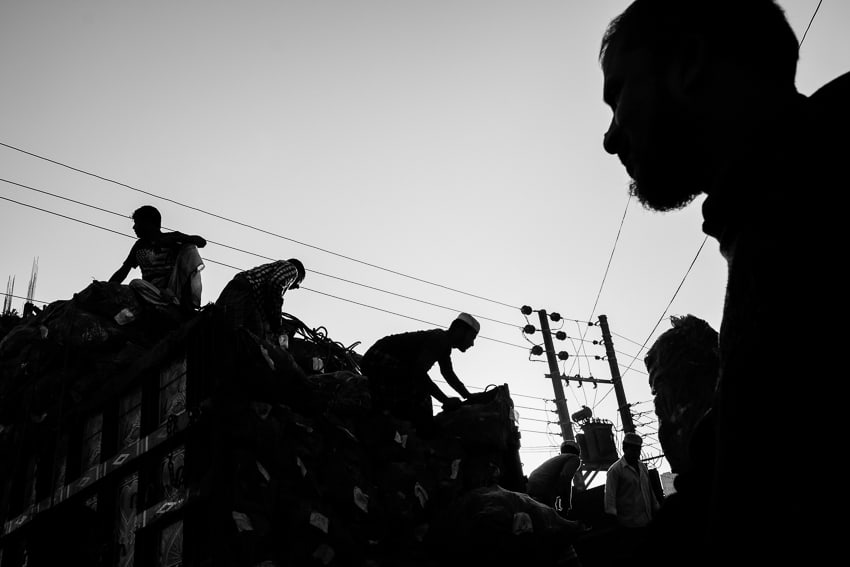
If you want to know how to take better photos, if you want to know how to really fine-tune the art of people photography, then adding layers to your images is definitely a good idea.
As we’ve seen, there are many benefits to photography layers. They add depth and dynamism to your photos. They draw the viewer’s eye to where you want it to go.
But most of all, layers help you to create and tell a better story with your images. With more interesting characters and a greater sense of connection with those involved, the viewer will be able to better understand what you’re trying to say. What you want to share in your image.
So don’t be afraid of using layers in your photos. Close up that aperture a little, get moving as your subjects move and place those layers carefully to tell the story you want.
Happy shooting!
